Blackmagic Design has just published the readout speeds of its newly announced PYXIS 12K, offering useful insight into the camera’s sensor performance. With a range of formats from 4K to 12K and several aspect ratios, these figures highlight significant gains over the original PYXIS while also exposing the performance hierarchy when stacked against Blackmagic’s flagship URSA Cine 12K LF. This data not only emphasizes the company’s sensor design evolution but also helps filmmakers understand rolling shutter behavior in high-end digital cinematography.
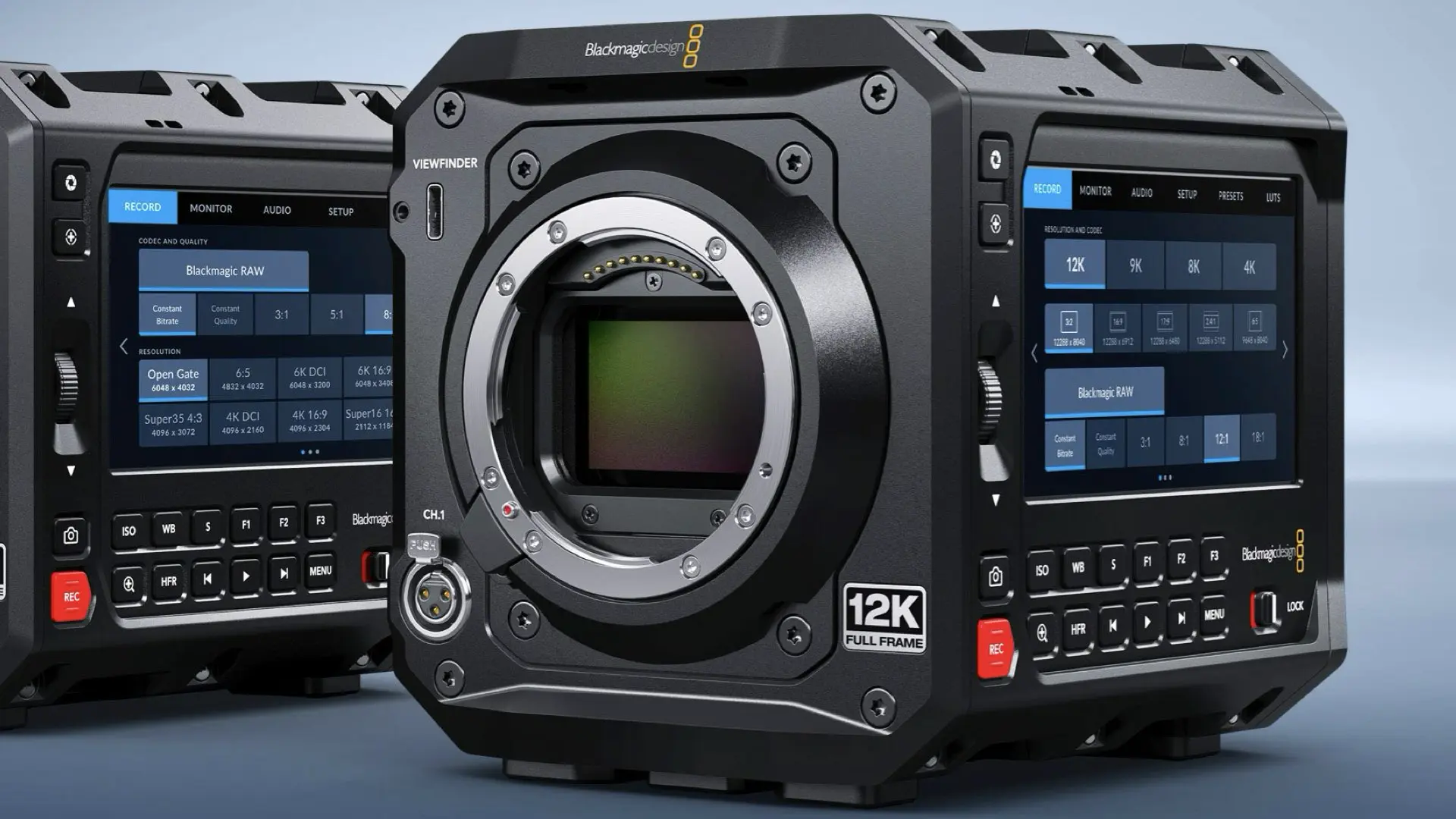
Blackmagic’s transparency in publishing sensor readout data is refreshing in a market that often withholds such critical specs. The data makes it clear: the PYXIS 12K is a serious upgrade, not just in resolution, but in sensor performance. It’s not quite the flagship killer, but it’s a step closer—bridging the gap between mid-range and high-end cinema production tools.
PYXIS 12K Readout Speed Data: The Full Breakdown
In a logical movie, Blackmagic provided detailed readout speeds across the camera’s supported resolutions and aspect ratios. Readout speed—measured in milliseconds (ms)—is a key factor in rolling shutter performance. The faster the readout, the less likely fast motion will introduce undesirable skewing or jello effects.
Here are the full specs for the PYXIS 12K:
12K Modes:
-
12K 3:2 (Open Gate) – 24.12ms
-
12K 16:9 – 20.74ms
-
12K 17:9 – 19.44ms
-
12K 2.4:1 – 15.34ms
-
12K 6:5 – 24.12ms
8K Modes:
-
8K 3:2 (Open Gate) – 13.51ms
-
8K 16:9 – 11.61ms
-
8K 17:9 – 10.89ms
-
8K 2.4:1 – 8.59ms
-
8K 6:5 – 13.51ms
4K Modes:
-
4K 3:2 (Open Gate) – 13.51ms
-
4K 16:9 – 11.61ms
-
4K 17:9 – 10.89ms
-
4K 2.4:1 – 8.59ms
-
4K 6:5 – 13.51ms
9K Super 35 Crop Modes:
-
9K 3:2 (4-perf) – 18.79ms
-
9K 16:9 (3-perf) – 14.69ms
-
9K 17:9 (3-perf) – 14.69ms
-
9K 2.4:1 (2-perf) – 11.59ms
-
9K 6:5 (4-perf) – 19.22ms
These results come from Blackmagic’s official disclosure, as documented in this article on Y.M.Cinema, which praised the PYXIS 12K for its impressive capabilities in a modular form factor.
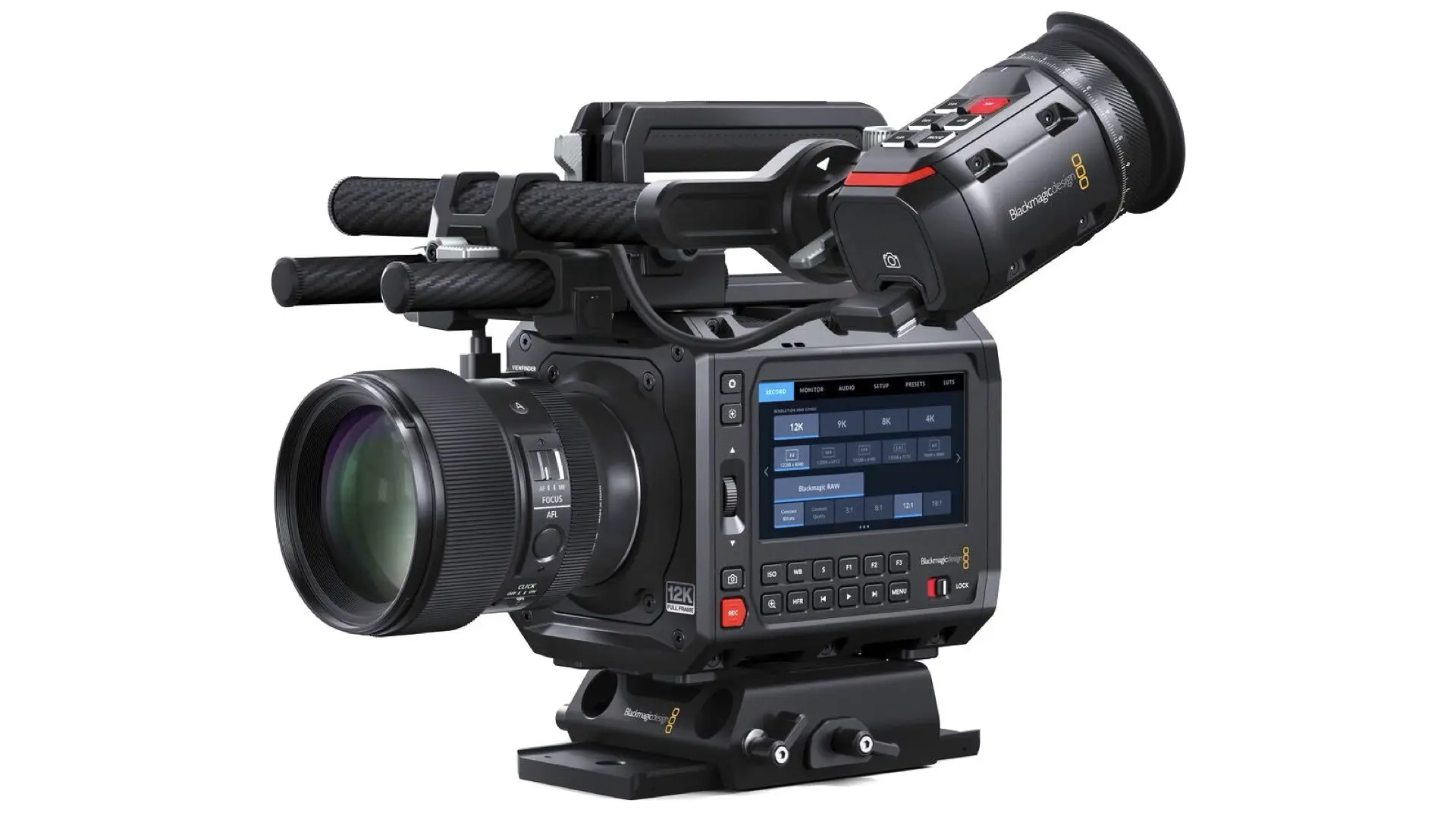
This confirms that the PYXIS 12K is approximately twice as fast as its predecessor in common frame sizes—an impressive leap in rolling shutter mitigation and real-world usability.
Twice the Speed of the OG PYXIS
When compared to the original PYXIS, the new 12K version demonstrates double the readout speed. For instance:
-
OG PYXIS 6K Open Gate: 25ms
-
PYXIS 12K 8K Open Gate: 13.51ms
-
OG PYXIS 4K Full Height: 25ms
-
PYXIS 12K 4K Full Height: 13.51ms
This confirms that the PYXIS 12K is approximately twice as fast as its predecessor in common frame sizes—an impressive leap in rolling shutter mitigation and real-world usability. This leap demonstrates comparisons to other recent mirrorless medium-format systems, such as Fujifilm’s GFX line. Notably, the GFX “Eterna” readout speed matches the OG PYXIS 6K, showing that Blackmagic has now surpassed that benchmark.
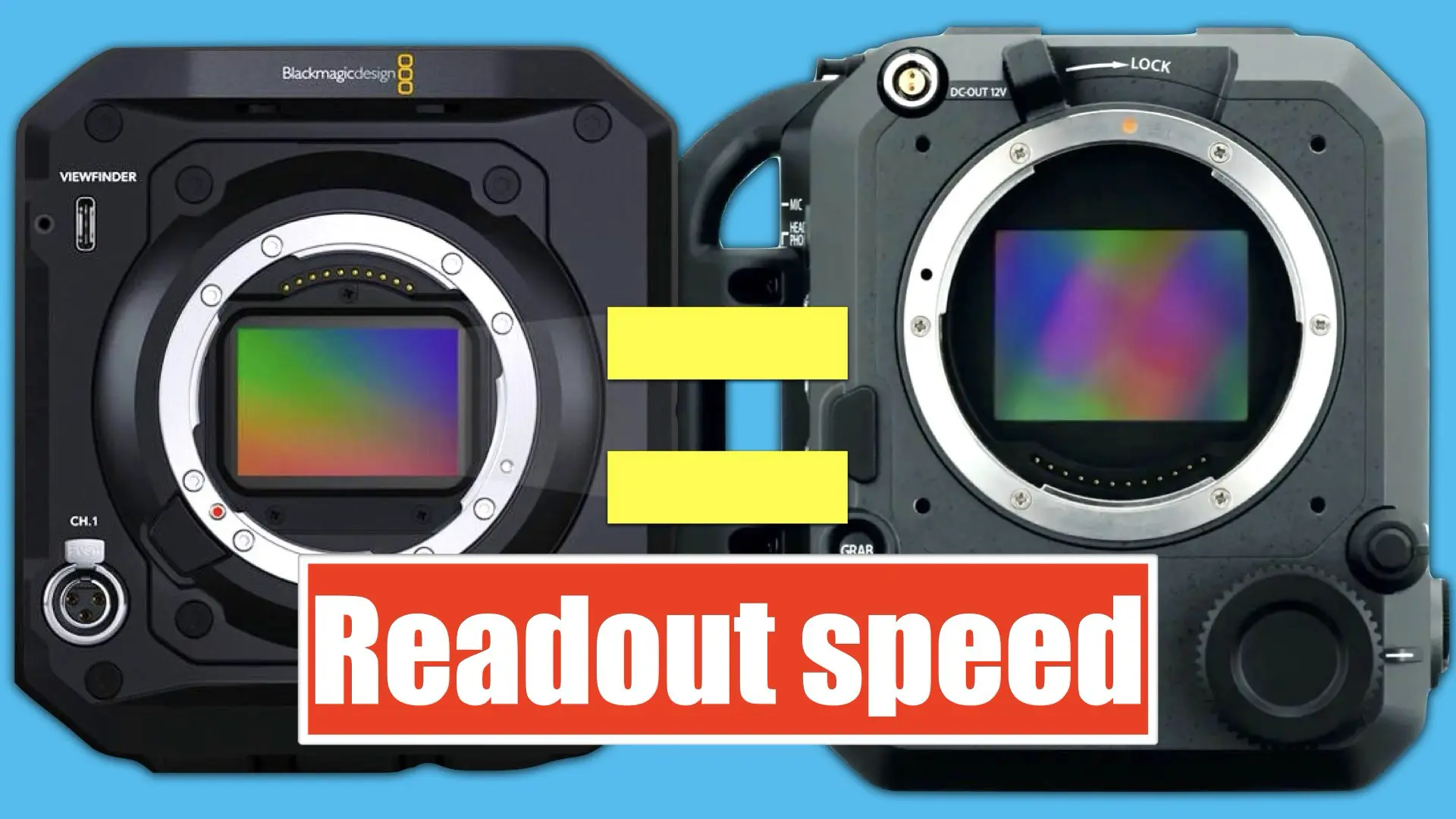
But Still Half the Speed of the URSA Cine 12K LF
This confirms that the PYXIS 12K is approximately twice as fast as its predecessor in common frame sizes—an impressive leap in rolling shutter mitigation and real-world usability.
Comparison in Open Gate Mode:
-
URSA Cine 12K LF (12K Open Gate): 12ms
-
PYXIS 12K (12K Open Gate): 24.12ms
Comparison in 8K:
-
URSA Cine 12K LF (8K Open Gate): 6.75ms
-
PYXIS 12K (8K Open Gate): 13.51ms
Comparison in 4K:
-
URSA Cine 12K LF (4K Full Height): 6.75ms
-
PYXIS 12K (4K Full Height): 13.51ms
This makes the URSA Cine 12K LF roughly twice as fast as the PYXIS 12K across comparable formats. As discussed in this detailed readout analysis and the recent URSA Cine 17K article, this performance reinforces the sensor superiority of Blackmagic’s cinema-tier offerings.
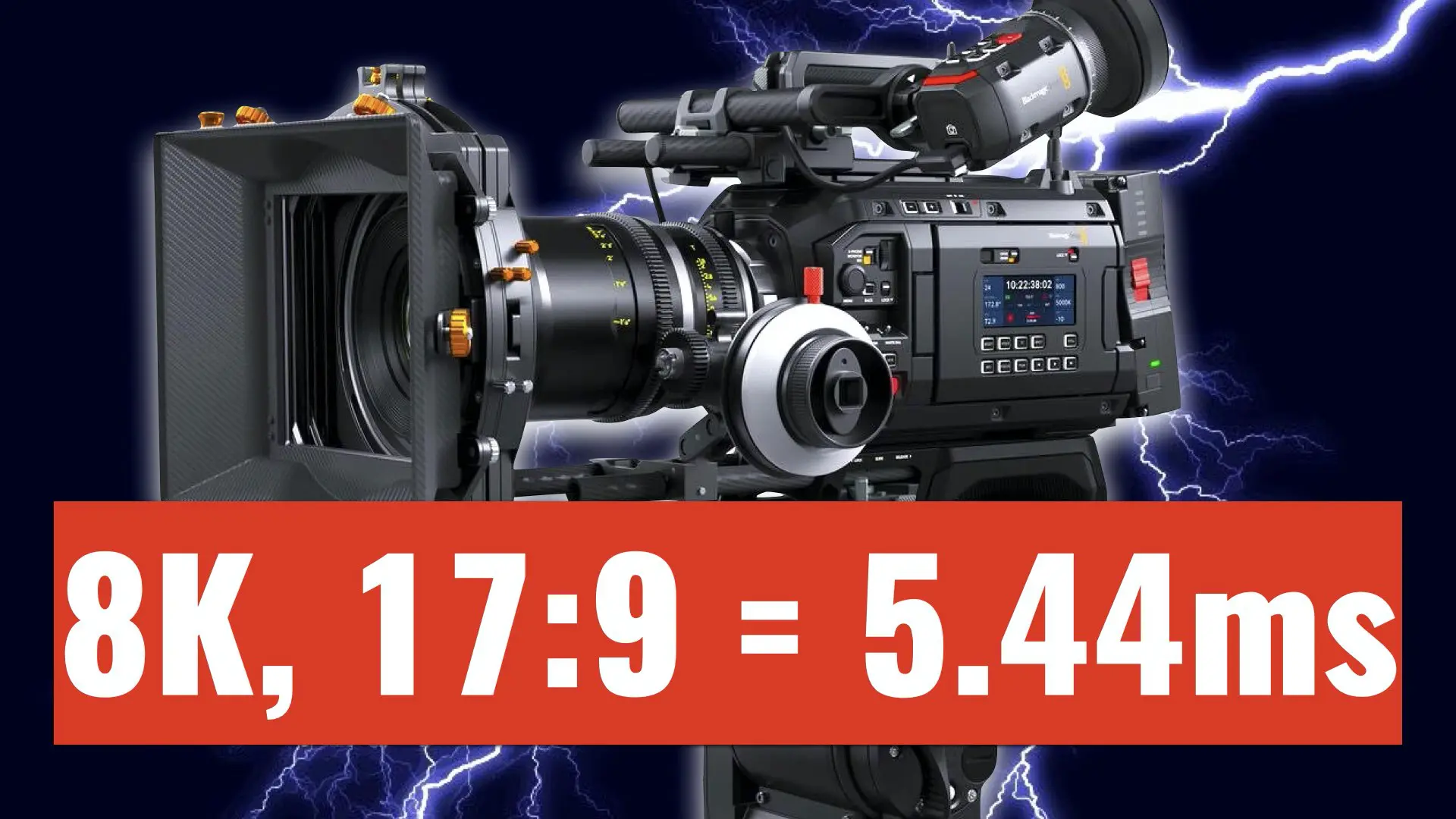
Understanding the Readout Speed Hierarchy
Here’s the simple conclusion:
URSA Cine 12K LF → 2x faster than → PYXIS 12K → 2x faster than → OG PYXIS
This hierarchy is critical for DPs and VFX supervisors working on high-motion sequences or planning to extract stills from fast-moving scenes. It also suggests that while the PYXIS 12K is a major upgrade for indie filmmakers, commercial productions requiring minimal rolling shutter will still opt for the URSA Cine 12K LF.

What It Means for Filmmakers
While the PYXIS 12K may not match the blistering speed of the URSA Cine 12K LF, it still represents a tremendous leap forward in sensor efficiency for a modular, more affordable platform. Filmmakers working with handheld rigs, drones, or gimbals—where form factor and rolling shutter mitigation are crucial—now have access to a sensor that reads out twice as fast as the previous generation. Its ability to deliver 12K resolution, 16 stops of dynamic range, and a now-confirmed fast sensor readout in such a compact body underscores Blackmagic’s continued innovation across price tiers and user needs.

Final Thoughts
Blackmagic’s transparency in publishing sensor readout data is refreshing in a market that often withholds such critical specs. The data makes it clear: the PYXIS 12K is a serious upgrade, not just in resolution, but in sensor performance. It’s not quite the flagship killer, but it’s a step closer—bridging the gap between mid-range and high-end cinema production tools. As sensor performance continues to evolve, filmmakers now have a new tool that punches well above its weight—and rolls faster, too.

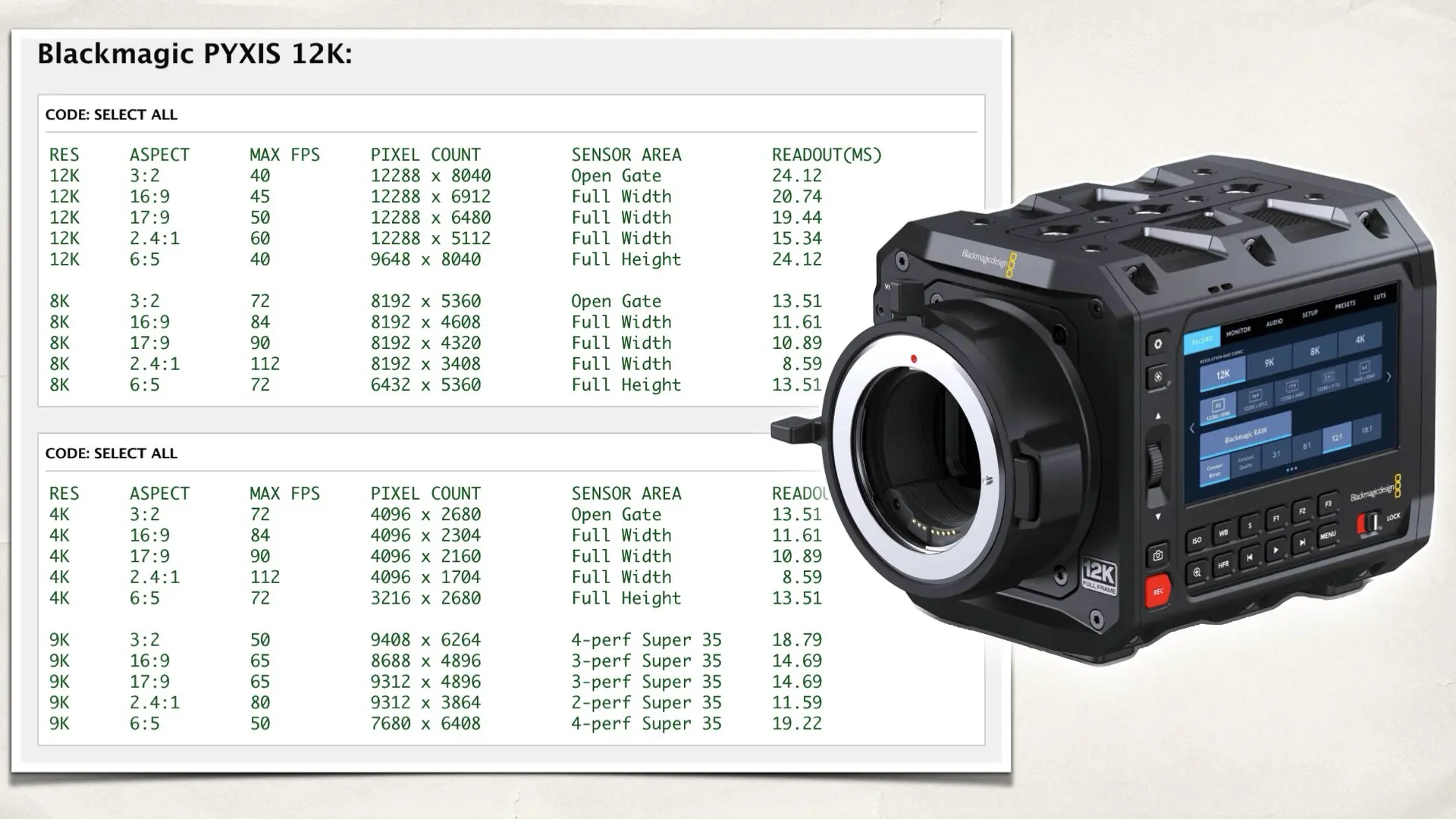

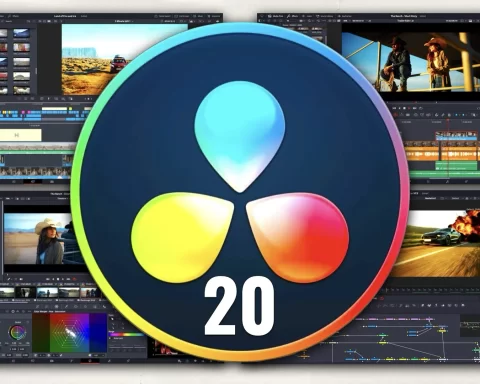
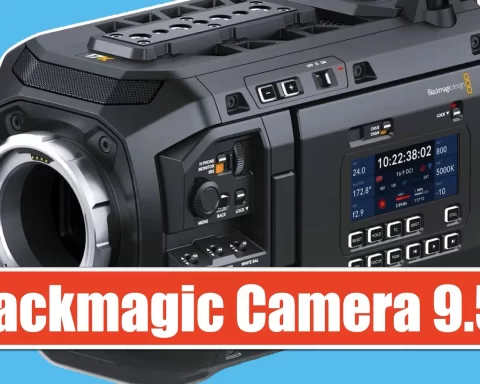

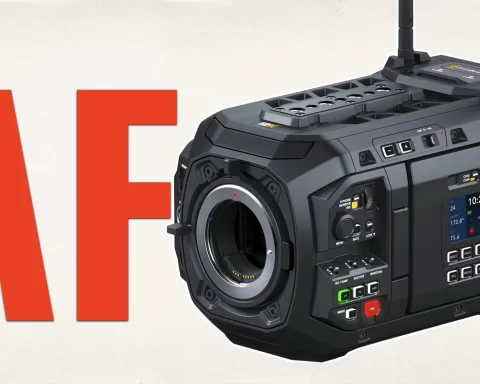



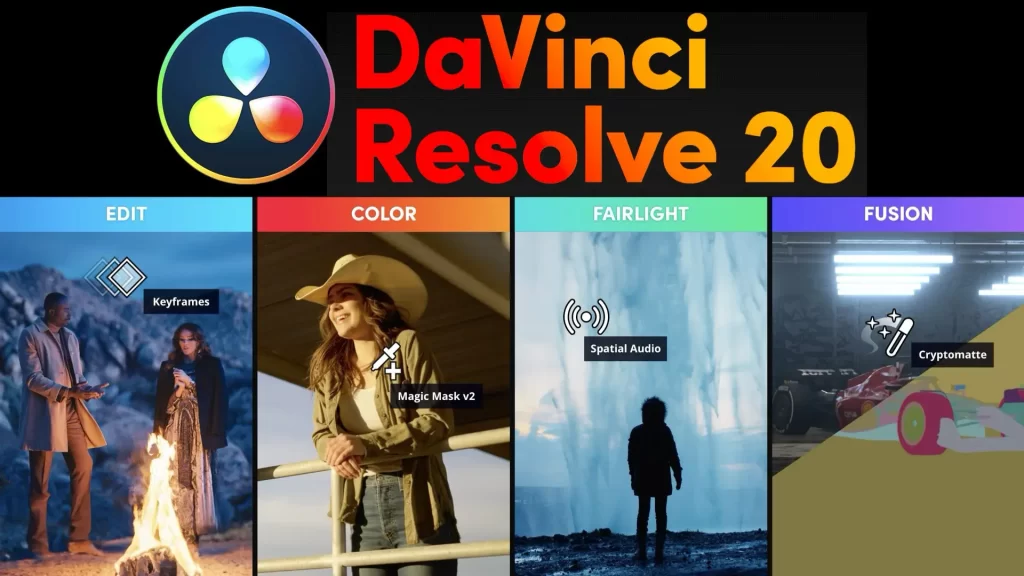

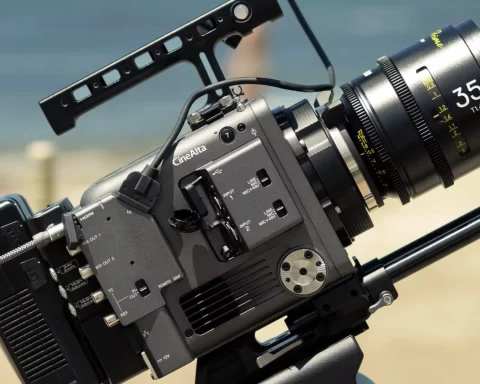

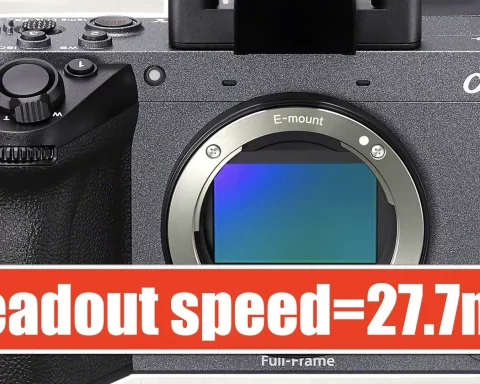
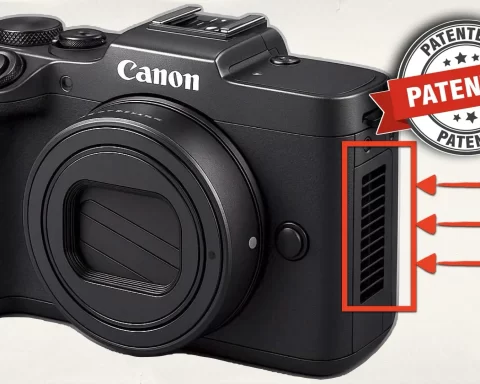
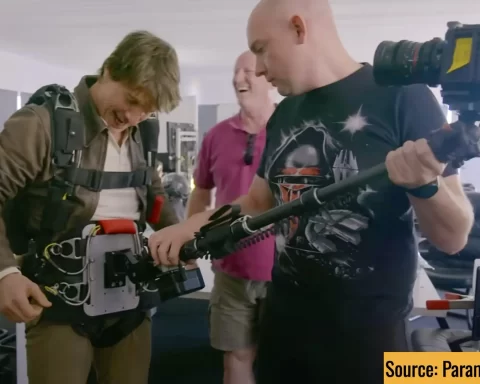


While those readout figures might seem acceptable, none of them are at 24p, the frame rate we shoot at least 90% of the time. I’ve been trying to find the readout at 24p to no success. It would be much higher than those published figures.
The readout speed represented by the max fps confirms the readout speed won’t be any higher than the indicated speeds.
One thing to consider is that with the 8K resolution size, shooting in 8K (2.4:1 mode) will give 8.59ms. For high end narrative projects that will be my go-to mode. For social media/streaming projects utilizing the 4K modes will be the preferred modes.